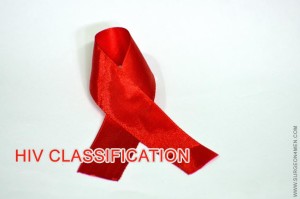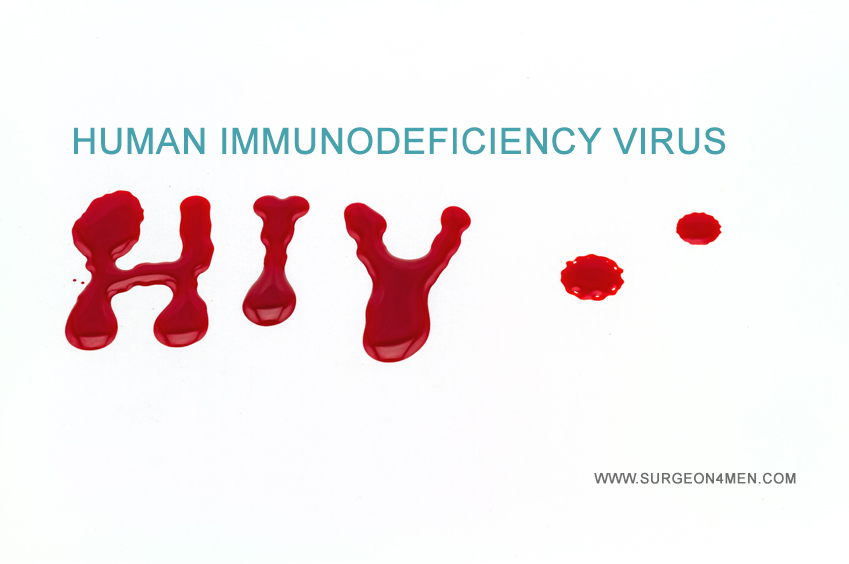HIV | Human Immunodeficiency Virus
As its name suggests, human immunodeficiency virus attacks the immune system and white blood cells. The virus spreads through fluids in the body and affects CD4 cells, which are a crucial part of the human defence system. The human body cannot get rid of HIV virus – which means, once you are infected with the virus, you are likely to carry it for life.
The infected people start showing symptoms of flu within a month or two of infection. The illness may last for a few weeks. Your body may show up the following HIV symptoms in the primary stages:
- Swollen lymph glands
- Muscle aches
- Fever
- Rash
- Joint pain
- Headache
- Sore throat
- Diarrhea
- Weight loss
- Fatigue
- Oral yeast infection
In the primary stages, the symptoms are more likely to go unnoticed. As a result, the infection spreads more quickly, and the amount of virus in the bloodstream increases rapidly. Untreated HIV becomes fatal, overwhelming the immune system.
Clinical latent infection lasts for 10 years in cases where the patient is not receiving antiretroviral therapy. For people taking medications, this phase can last for decades. Unfortunately, in a large number of patients, HIV progresses to more severe disease, such as AIDS, much sooner.
By the time HIV progresses to AIDS, the patient’s immune system has been severely compromised, raising the risk of opportunistic infections that usually don’t attack a person with a strong immune system.
In severe cases, the person may show the following signs and symptoms.
- Recurring fever
- Chronic diarrhea
- Unexplained fatigue
- Night sweats
- Persistent white spots in mouth
- Skin rashes
- Weight loss
How is HIV Transmitted
 Internal contact with infected semen, blood, bodily fluid, or vaginal secretions can cause transmission of HIV virus. In order for the virus to be spread from one person to another, it must enter your body. It can’t be transferred through ordinary contact, such as shaking hands, kissing, hugging, or dancing with an infected person. HIV cannot spread through water, air, or insect bites.
Internal contact with infected semen, blood, bodily fluid, or vaginal secretions can cause transmission of HIV virus. In order for the virus to be spread from one person to another, it must enter your body. It can’t be transferred through ordinary contact, such as shaking hands, kissing, hugging, or dancing with an infected person. HIV cannot spread through water, air, or insect bites.
HIV spreads through:
- Blood transfusion
- Sexual intercourse
- Sharing needles & syringes contaminated with infected blood and intravenous drug paraphernalia
- Breast-feeding
Risk Factors
You are at a great risk of HIV if you are already affected with a sexually transmitted disease. Several sexually transmitted infections cause open sores on skin, which double the risk of HIV infection, as the virus can enter your body from such sores.
- Acute infection surfaces within 2 to 4 weeks of infection. The infected person may show flu-like symptoms, also known as primary HIV infection or acute retroviral syndrome (ARS). The body produces large amounts of HIV during acute infection period, and the HIV virus affects CD4 cells to reproduce itself, ultimately destroying the cells in the process. An infected person has the highest chance of transmitting HIV during this stage, as their blood is highly infected with the virus.
- Clinical latency, also known as chronic or asymptomatic HIV infection, is a phase in which HIV reproduces at low levels. The infected person may not show any symptoms during this time. If you are undergoing antiretroviral therapy, you may live with clinical latency for decades. Those not on ART can experience this phase for up to a decade. Both those undergoing treatment and those not on ART can transmit HIV. However, the risk of HIV transmission greatly reduces in those on ART. Sometimes during the middle or end of clinical latency, the viral load may start to shoot up, adversely affecting your CD4 cell count. As a result, you may start to show HIV symptoms.
- AIDS is the last stage of HIV infection. The primary cause of HIV progressing to AIDS is that the immune system is compromised, making the patient vulnerable to infections. In medical parlance, when CD4 cells have dropped drastically below 200 cells per cubic millimeter of blood, the infection is considered to have progressed to AIDS.
HIV Treatment
Antiretroviral therapy is the only treatment for HIV, which is known to help with HIV symptoms and prolong lives of infected people, lowering the risk of transmitting the virus to others. Timely diagnosis of HIV is a must to ensure that treatment has the greatest effect.
References
1. www.cdc.gov/hiv/basics/whatishiv.html
3. www.webmd.com/hiv-aids/tc/human-immunodeficiency-virus-hiv-infection-topic-overview
4. www.mayoclinic.org/diseases-conditions/hiv-aids/basics/risk-factors/con-20013732

